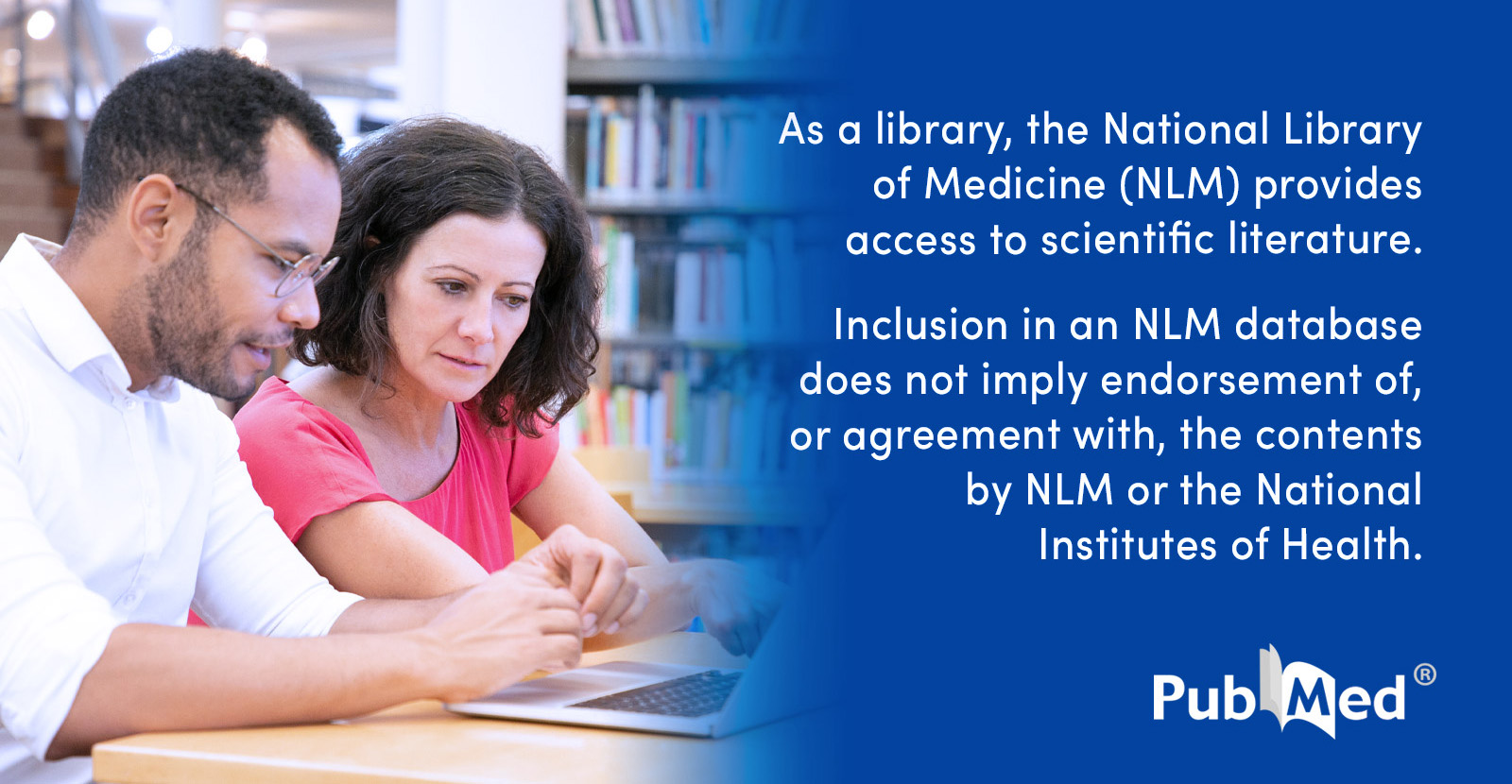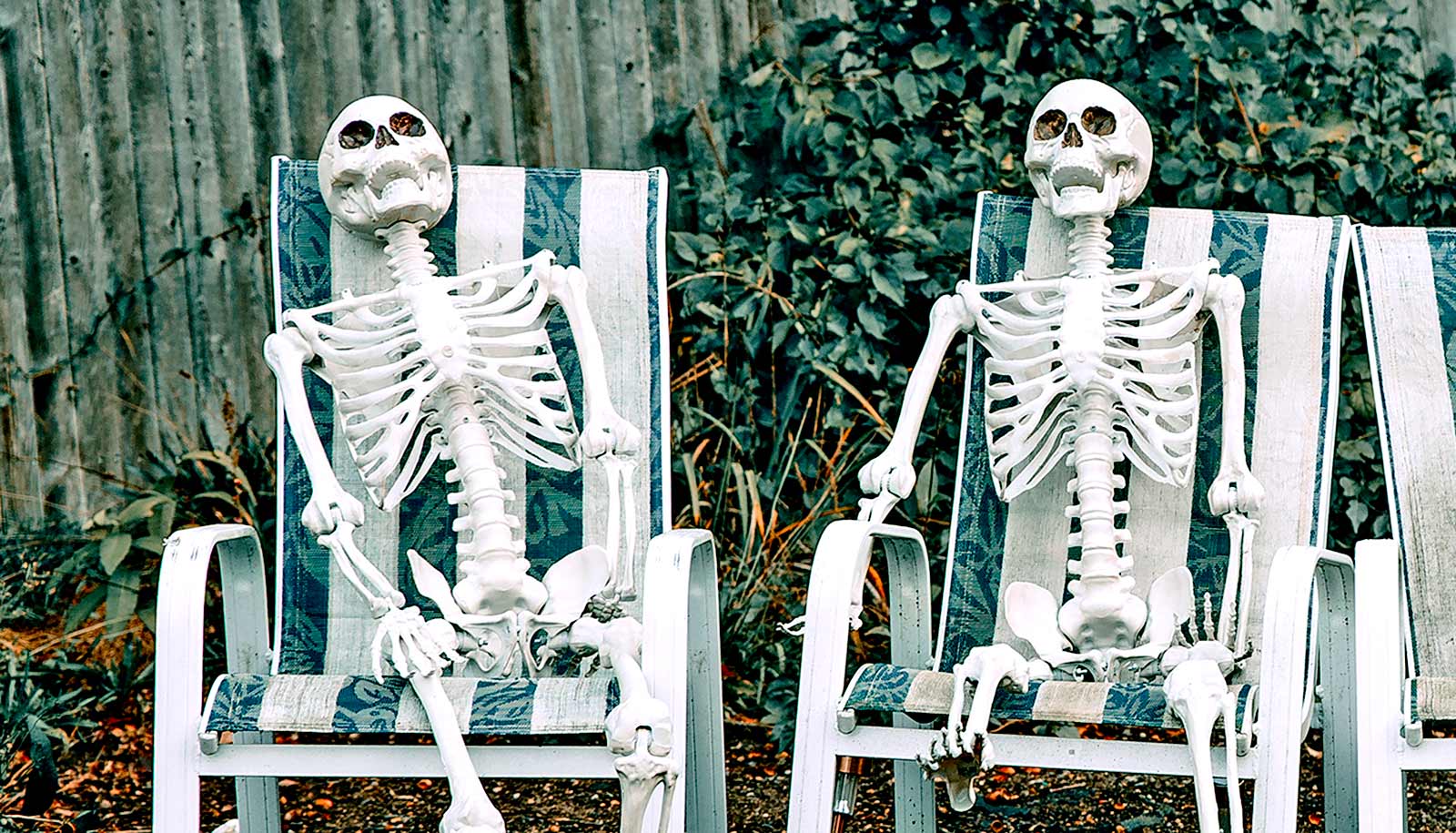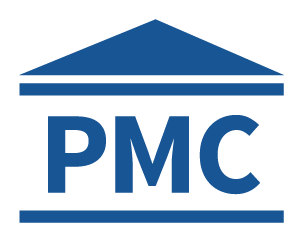M
Mr_wax
Iron
- Joined
- Dec 7, 2019
- Posts
- 113
- Reputation
- 281
A lot of people ask about my routine.
I take:
relaxin (vitalaxin), Evomuse: BMP, glucosamine, msm, Osteol, Marrow extract
Uses techniques
Creating a micro crack with a diy device.
Lsjl, only dynamic. LSJL static is bad.
1mhz Ultrasound massage device. Ultrasound should be applied only at one point, not the entire bone. Stretching during sleep, back:

BMP-2 also helps stem cells differentiate into chondrocytes.

 www.ncbi.nlm.nih.gov
www.ncbi.nlm.nih.gov
Probably works for adults
It’s long been thought that cells in the resting zone don’t divide, but researchers discovered that some cells in the resting zone wake up and start to make rapidly dividing chondrocytes–cells that produce “beautiful” columns (that look like a stack of pancakes) and maintain bone growth.
...
It’s been hypothesized for many years that chondrocytes at the bottom of the growth plate die, but the new findings show definite evidence that they survive and continue to make bone, he says.

 www.futurity.org
www.futurity.org
Lsjl doesn't work because people do it too often and too hard
The results establish that there are four main mechanical factors on which new bone formation depends. The first is how much the induced normal strain is above the threshold value (εthres). This factor is responsible for why there is no bone formation when induced strains are within the threshold value. The second factor is the ratio of trough-to-crest amplitude of normal strain and the maximum magnitude of normal strain. This ratio brings out the difference between loading waveforms with and without rest inserted between two consecutive waveforms. Assuming bone to be simply elastic does not differentiate between these two kinds of loading waveforms, whereas assuming bone to be viscoelastic does. This emphasizes the role interstitial fluid flow plays in new bone formation. This accounts for why rest-inserted loading is more osteogenic than a loading without any rest. The third factor is the number of cycles of a waveform. Larger the number of loading cycles, the more is the new bone formation; however, the osteogenic potential of each loading cycle is less than that of the previous cycle. This is akin to the fatigue damage accumulation and hints at possible role of micro-cracks in new bone formation. The fourth factor is the number of days of loading per week. Larger the number of days, the greater is the new bone formation; however, osteogenic potential of each day of loading is less than the previous one. Factor β being slightly larger than the factor q indicates that daily loading is better than the same total number of cycles spread over less number of days.
https://www.nature.com/articles/s41...6445_deeplink_PID5145409&utm_content=deeplink
Microcrack

 www.ncbi.nlm.nih.gov
www.ncbi.nlm.nih.gov
glucosamine

 www.ncbi.nlm.nih.gov
www.ncbi.nlm.nih.gov
Relaxin
For example, a bone fracture may be repaired by administering relaxin. Similarly, a bone may be grown in size or height by administering relaxin. As such, the instant invention allows for various treatments of bone such as modifications and repair that may otherwise not be achievable. In addition, the present invention allows for treatments of bone that may otherwise only be achievable through the use of invasive procedures and/or the administration of a combination of drugs leading to a host of adverse side effects.
....
. As such, the height of the human subject may be increased between about 0.2 cm to about 30 cm or more. Although, the skilled artisan would understand that any height increase as a result of relaxin administration as discussed herein is within the scope of this invention. The human subject may be between 1 and 30 years of age. Preferably, the human subject is between about 8 and about 18 years of age.
I take:
relaxin (vitalaxin), Evomuse: BMP, glucosamine, msm, Osteol, Marrow extract
Uses techniques
Creating a micro crack with a diy device.
Lsjl, only dynamic. LSJL static is bad.
1mhz Ultrasound massage device. Ultrasound should be applied only at one point, not the entire bone. Stretching during sleep, back:

BMP-2 also helps stem cells differentiate into chondrocytes.

PubMed
PubMed® comprises more than 38 million citations for biomedical literature from MEDLINE, life science journals, and online books. Citations may include links to full text content from PubMed Central and publisher web sites.
Probably works for adults
It’s long been thought that cells in the resting zone don’t divide, but researchers discovered that some cells in the resting zone wake up and start to make rapidly dividing chondrocytes–cells that produce “beautiful” columns (that look like a stack of pancakes) and maintain bone growth.
...
It’s been hypothesized for many years that chondrocytes at the bottom of the growth plate die, but the new findings show definite evidence that they survive and continue to make bone, he says.

'Resting zone' skeletal stem cells are actually hard at work
Researchers hunting for valuable skeletal stem cells have found them in special tissue called the "resting zone," but don't assume they're slacking off.
 www.futurity.org
www.futurity.org
Lsjl doesn't work because people do it too often and too hard
The results establish that there are four main mechanical factors on which new bone formation depends. The first is how much the induced normal strain is above the threshold value (εthres). This factor is responsible for why there is no bone formation when induced strains are within the threshold value. The second factor is the ratio of trough-to-crest amplitude of normal strain and the maximum magnitude of normal strain. This ratio brings out the difference between loading waveforms with and without rest inserted between two consecutive waveforms. Assuming bone to be simply elastic does not differentiate between these two kinds of loading waveforms, whereas assuming bone to be viscoelastic does. This emphasizes the role interstitial fluid flow plays in new bone formation. This accounts for why rest-inserted loading is more osteogenic than a loading without any rest. The third factor is the number of cycles of a waveform. Larger the number of loading cycles, the more is the new bone formation; however, the osteogenic potential of each loading cycle is less than that of the previous cycle. This is akin to the fatigue damage accumulation and hints at possible role of micro-cracks in new bone formation. The fourth factor is the number of days of loading per week. Larger the number of days, the greater is the new bone formation; however, osteogenic potential of each day of loading is less than the previous one. Factor β being slightly larger than the factor q indicates that daily loading is better than the same total number of cycles spread over less number of days.
https://www.nature.com/articles/s41...6445_deeplink_PID5145409&utm_content=deeplink
Microcrack

PubMed
PubMed® comprises more than 39 million citations for biomedical literature from MEDLINE, life science journals, and online books. Citations may include links to full text content from PubMed Central and publisher web sites.
glucosamine

Comparison of glucosamine sulfate and a polyherbal supplement for the relief of osteoarthritis of the knee: a randomized controlled trial [ISRCTN25438351]
The efficacy and safety of a dietary supplement derived from South American botanicals was compared to glucosamine sulfate in osteoarthritis subjects in a Mumbai-based multi-center, randomized, double-blind study.Subjects (n = 95) were screened and randomized ...
Relaxin
For example, a bone fracture may be repaired by administering relaxin. Similarly, a bone may be grown in size or height by administering relaxin. As such, the instant invention allows for various treatments of bone such as modifications and repair that may otherwise not be achievable. In addition, the present invention allows for treatments of bone that may otherwise only be achievable through the use of invasive procedures and/or the administration of a combination of drugs leading to a host of adverse side effects.
....
. As such, the height of the human subject may be increased between about 0.2 cm to about 30 cm or more. Although, the skilled artisan would understand that any height increase as a result of relaxin administration as discussed herein is within the scope of this invention. The human subject may be between 1 and 30 years of age. Preferably, the human subject is between about 8 and about 18 years of age.
US20060052304A1 - Method for remodeling bone and related sutures - Google Patents
The invention relates to the discovery that relaxin receptors exist in bone and related sutures. As such, bone can be remodeled, repaired, removed or grown. Particularly, the invention pertains to a method for modifying a target bone by administering a relaxin compound which binds to relaxin...
patents.google.com
Last edited:






